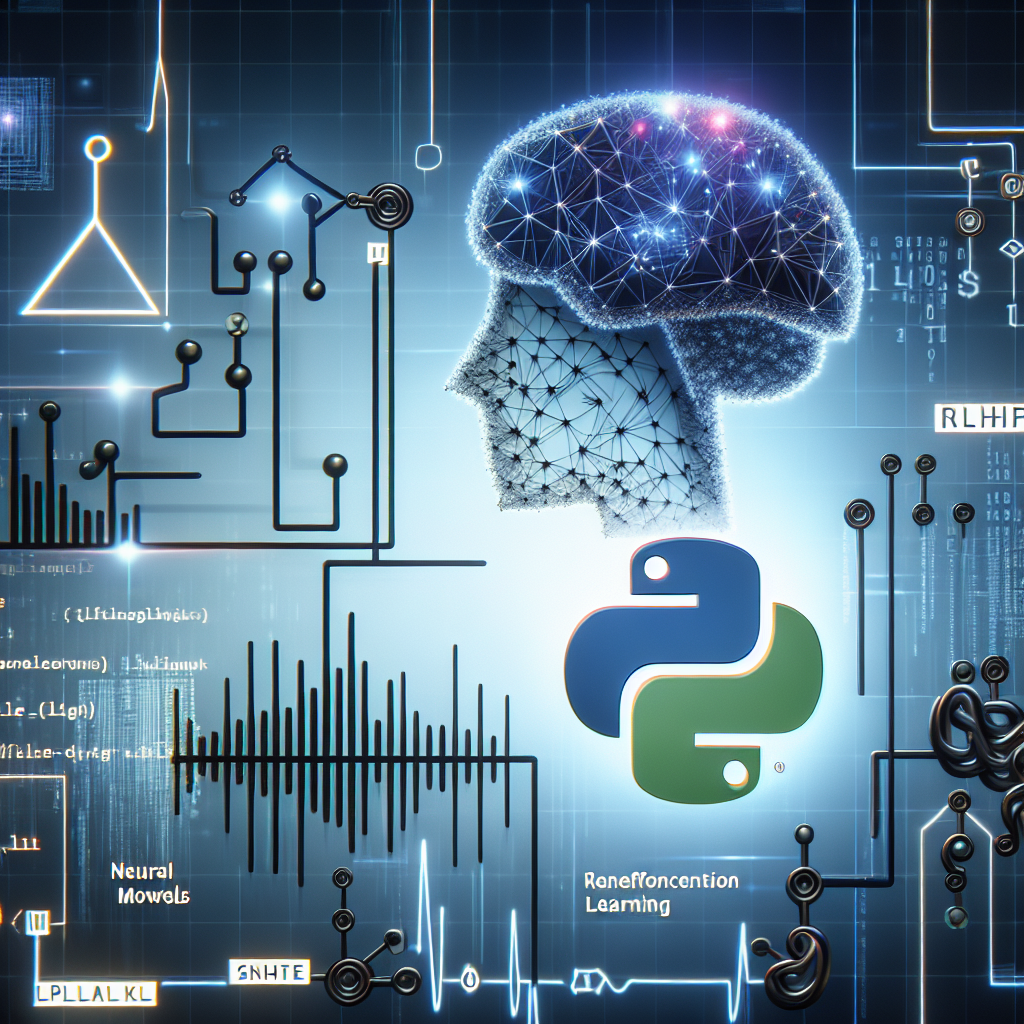Fix today. Protect forever.
Secure your devices with the #1 malware removal and protection software
Enhancing Language Models with RLHF: A Python Approach
Language models are essential tools in natural language processing (NLP) tasks such as text generation, machine translation, and sentiment analysis. However, traditional language models often struggle with generating coherent and contextually accurate text. To address this issue, researchers have proposed using reinforcement learning with human feedback (RLHF) to enhance language models.
RLHF is a technique that combines reinforcement learning, a machine learning approach that learns to make decisions by interacting with an environment, with human feedback to improve the performance of language models. By incorporating human feedback into the training process, RLHF helps language models learn from their mistakes and produce more accurate and coherent text.
In this article, we will explore how to enhance language models with RLHF using Python, a popular programming language for NLP tasks. We will walk through the steps to implement RLHF in a language model using the Transformers library, a powerful toolkit for building and fine-tuning state-of-the-art language models.
To get started, you will need to install the Transformers library and its dependencies:
“`
pip install transformers
pip install torch
“`
Next, we will define a simple language model using the GPT-2 architecture, a widely used pre-trained language model. We will then fine-tune the model on a text dataset using RLHF to generate more coherent and contextually accurate text.
Here is a basic implementation of a language model using RLHF in Python:
“`python
from transformers import GPT2LMHeadModel, GPT2Tokenizer
import torch
# Load pre-trained GPT-2 model and tokenizer
model = GPT2LMHeadModel.from_pretrained(‘gpt2’)
tokenizer = GPT2Tokenizer.from_pretrained(‘gpt2’)
# Define a sample text dataset
dataset = [
“The quick brown fox jumps over the lazy dog”,
“She sells seashells by the seashore”,
“How much wood would a woodchuck chuck if a woodchuck could chuck wood”
]
# Fine-tune the model using RLHF
for text in dataset:
input_ids = tokenizer.encode(text, return_tensors=’pt’)
output = model.generate(input_ids, max_length=100, num_beams=5, no_repeat_ngram_size=2, early_stopping=True)
generated_text = tokenizer.decode(output[0], skip_special_tokens=True)
# Collect human feedback on the generated text and update the model
“`
In this example, we load the pre-trained GPT-2 model and tokenizer from the Transformers library. We define a sample text dataset and fine-tune the model on the dataset using RLHF. The model generates text based on the input text, and we collect human feedback on the generated text to update the model.
By incorporating RLHF into the training process, we can enhance the performance of language models and produce more accurate and coherent text. With the power of Python and the Transformers library, researchers and developers can easily implement RLHF in their language models and improve their performance in NLP tasks.
In conclusion, enhancing language models with RLHF using Python is a promising approach to improving the quality of text generation in NLP tasks. By combining reinforcement learning with human feedback, we can train language models to produce more coherent and contextually accurate text. With the help of the Transformers library, implementing RLHF in language models is more accessible and efficient. Researchers and developers can leverage this approach to enhance the performance of their language models and advance the field of natural language processing.
Fix today. Protect forever.
Secure your devices with the #1 malware removal and protection software
#Enhancing #Language #Models #RLHF #Python #Approach,deep reinforcement learning with python: rlhf for chatbots and large
language models

Leave a Reply
You must be logged in to post a comment.